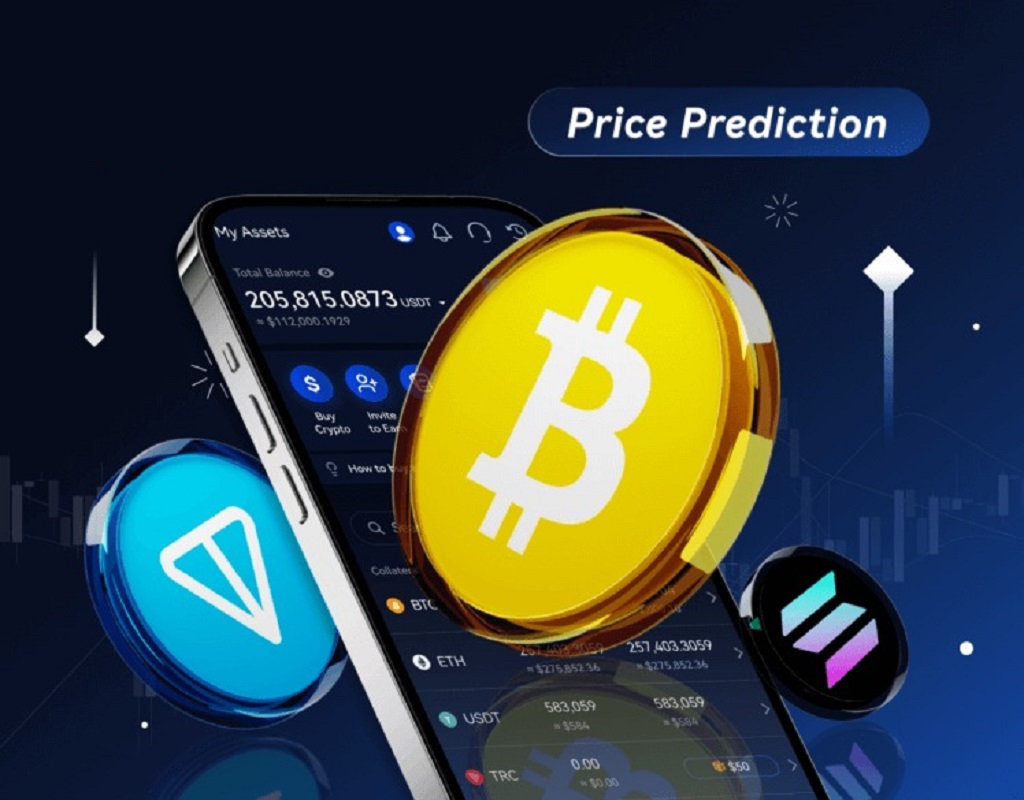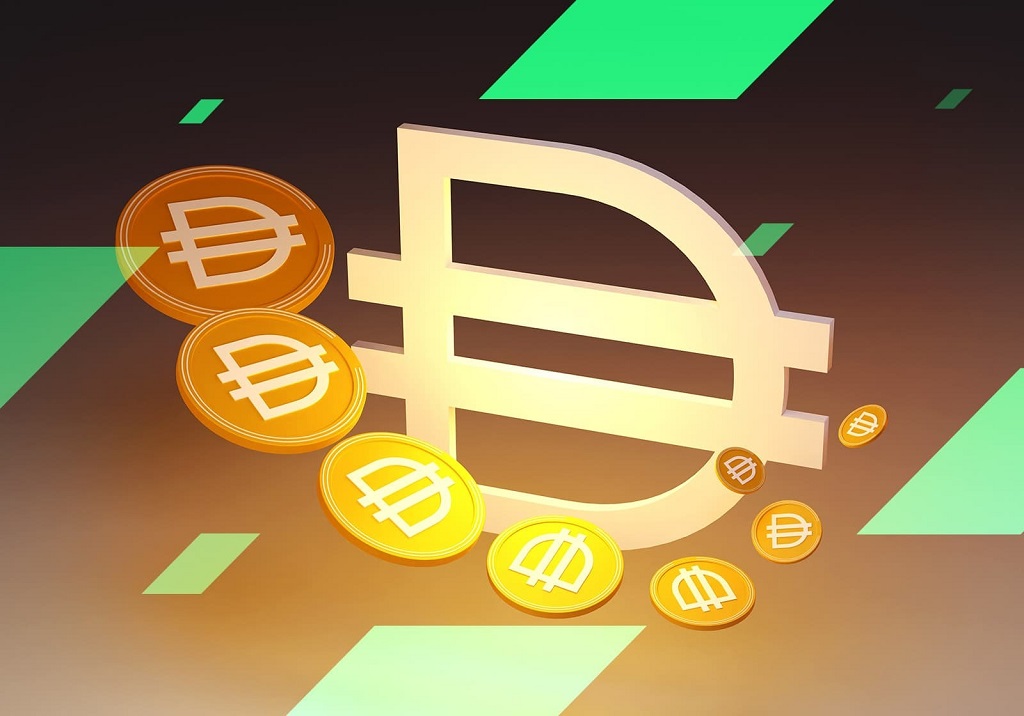
Dai (DAI) Price Prediction 2030: A Deep Dive into the Future of Decentralized Finance
The world of cryptocurrency is a whirlwind of volatility and innovation, with new tokens and platforms emerging constantly. Amidst this dynamic landscape, Dai (DAI) stands out as a beacon of stability. As a decentralized stablecoin pegged to the US dollar, DAI offers the benefits of cryptocurrency without the price swings that often deter mainstream adoption. But what does the future hold for this unique digital asset? In this comprehensive article, we delve into Dai’s potential, analyze expert predictions for its price in 2030, and explore the factors that could influence its journey.
Understanding Dai: A Stablecoin Revolution
Before we gaze into the crystal ball, let’s recap what makes Dai special. Unlike traditional cryptocurrencies like Bitcoin or Ethereum, which are known for their price fluctuations, Dai is designed to maintain a stable value of $1 USD. This is achieved through a sophisticated system of smart contracts and collateralization on the MakerDAO platform. Users can generate DAI by locking up other cryptocurrencies as collateral, effectively creating a loan against their assets. This mechanism ensures that Dai remains pegged to the dollar, even when the broader crypto market experiences turbulence.
This stability has made Dai a popular choice for various use cases, including:
- Decentralized Finance (DeFi): Dai is widely used in DeFi protocols for lending, borrowing, and trading, providing a stable foundation for these innovative financial applications.
- International Remittances: Its stability and low transaction fees make Dai an attractive option for sending money across borders, bypassing traditional financial intermediaries.
- Protection Against Volatility: Cryptocurrency holders can convert their volatile assets into Dai during market downturns, safeguarding their wealth from sudden price drops.
Dai Price Prediction 2030: What the Experts Say
Predicting the price of any cryptocurrency a decade out is a challenging task, even for seasoned analysts. However, considering Dai’s unique characteristics and the growing adoption of DeFi, we can make some educated guesses. Several factors point towards a positive outlook for Dai in 2030:
- Increased DeFi Adoption: The DeFi sector is expected to grow exponentially in the coming years. As more users and institutions embrace decentralized finance, the demand for stablecoins like Dai will likely surge.
- Global Economic Uncertainty: With rising inflation and geopolitical tensions, many investors are seeking safe haven assets. Dai’s stability could make it an attractive option in times of economic uncertainty.
- Technological Advancements: Ongoing developments in blockchain technology, such as scalability solutions and improved interoperability, could further enhance Dai’s utility and drive its adoption.
Based on these factors, several experts predict that Dai could reach a price of $5 to $10 by 2030. This represents a significant increase from its current value, but it’s important to remember that these are just predictions. The actual price could be higher or lower depending on various market forces and unforeseen events.
Dai Reviews: What Users Are Saying
Dai has garnered largely positive reviews from users, who appreciate its stability, transparency, and ease of use. Many highlight its role in facilitating DeFi activities and providing a reliable store of value in the volatile crypto market. However, some users have expressed concerns about the complexity of the MakerDAO system and the potential risks associated with collateralization.
Here’s a summary of Dai’s strengths and weaknesses based on user reviews:
Pros:
- Stability: Dai’s peg to the US dollar provides a level of price stability that is rare in the cryptocurrency world.
- Decentralization: Unlike centralized stablecoins issued by companies, Dai is governed by a decentralized community, ensuring transparency and resilience.
- Accessibility: Dai can be easily acquired and used on various cryptocurrency exchanges and DeFi platforms.
- Growing Ecosystem: Dai is integrated into a thriving ecosystem of DeFi applications, offering users a wide range of financial services.
Cons:
- Complexity: The underlying mechanism of Dai can be complex for newcomers to understand, requiring some technical knowledge.
- Collateralization Risks: Users who generate Dai by locking up collateral must maintain a certain ratio to avoid liquidation, which can be challenging during market volatility.
- Dependence on Ethereum: Dai is currently built on the Ethereum blockchain, which can be prone to congestion and high transaction fees.
Read More Also: What is a Pro Forma Invoice
Frequently Asked Questions about Dai
- What is the difference between Dai and other stablecoins?
While many stablecoins exist, Dai distinguishes itself through its decentralization and transparency. Unlike centralized stablecoins backed by fiat reserves, Dai is governed by a community and collateralized by other cryptocurrencies. This ensures that no single entity controls Dai, making it more resistant to censorship and manipulation.
- How is Dai’s price stability maintained?
Dai’s stability is maintained through a system of smart contracts and collateralization on the MakerDAO platform. Users generate Dai by locking up other cryptocurrencies as collateral. If the value of the collateral falls below a certain threshold, it is automatically liquidated to ensure that Dai remains pegged to the dollar.
- What are the risks associated with using Dai?
While Dai is designed to be stable, there are still some risks to consider. The main risk is associated with collateralization. If the value of the collateral used to generate Dai drops significantly, users could face liquidation. Additionally, like any cryptocurrency, Dai is susceptible to smart contract vulnerabilities and governance attacks.
- How can I acquire Dai?
Dai can be acquired through various methods, including:
- Cryptocurrency Exchanges: Many popular exchanges, such as Binance, Coinbase, and Kraken, list Dai.
- Decentralized Exchanges (DEXs): DEXs like Uniswap and SushiSwap allow users to trade other cryptocurrencies for Dai.
- MakerDAO Protocol: Users can generate Dai directly through the MakerDAO protocol by locking up collateral.
- What is the future of Dai?
The future of Dai looks promising, with the growing adoption of DeFi and the increasing demand for stablecoins. As the DeFi ecosystem matures and expands, Dai is well-positioned to play a crucial role in facilitating decentralized financial activities. Furthermore, ongoing developments in blockchain technology could further enhance Dai’s utility and drive its adoption in various sectors.
Conclusion: Dai’s Potential in the Decentralized Future
Dai has emerged as a leading stablecoin in the cryptocurrency space, offering a unique blend of stability, decentralization, and accessibility. Its growing adoption in DeFi and other sectors suggests a bright future for this innovative digital asset. While predicting the exact price of Dai in 2030 is impossible, the underlying trends and expert opinions point towards a significant increase in its value. As the world moves towards a more decentralized future, Dai is poised to play a crucial role in shaping the financial landscape.
Disclaimer: This article is for informational purposes only and should not be considered financial advice. Investing in cryptocurrencies carries inherent risks, and it’s essential to conduct thorough research and consult with a financial advisor before making any investment decisions.
